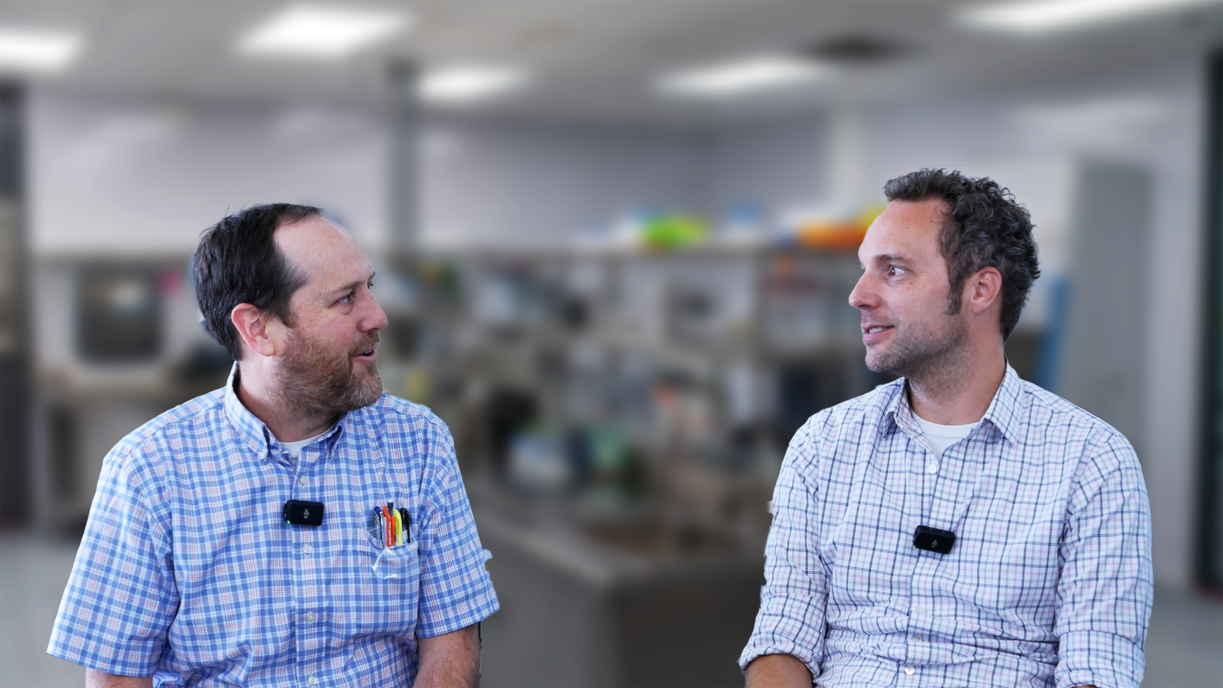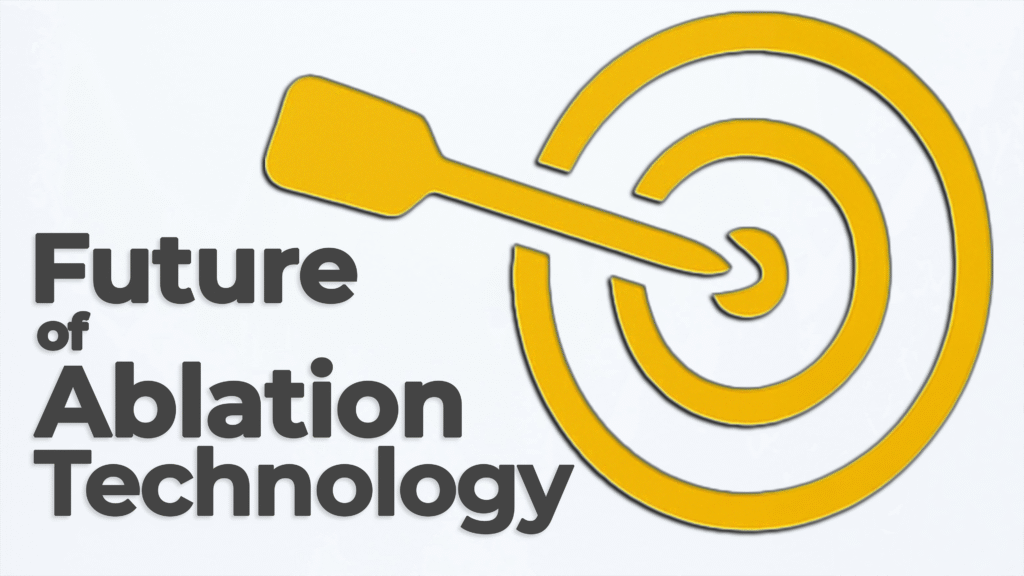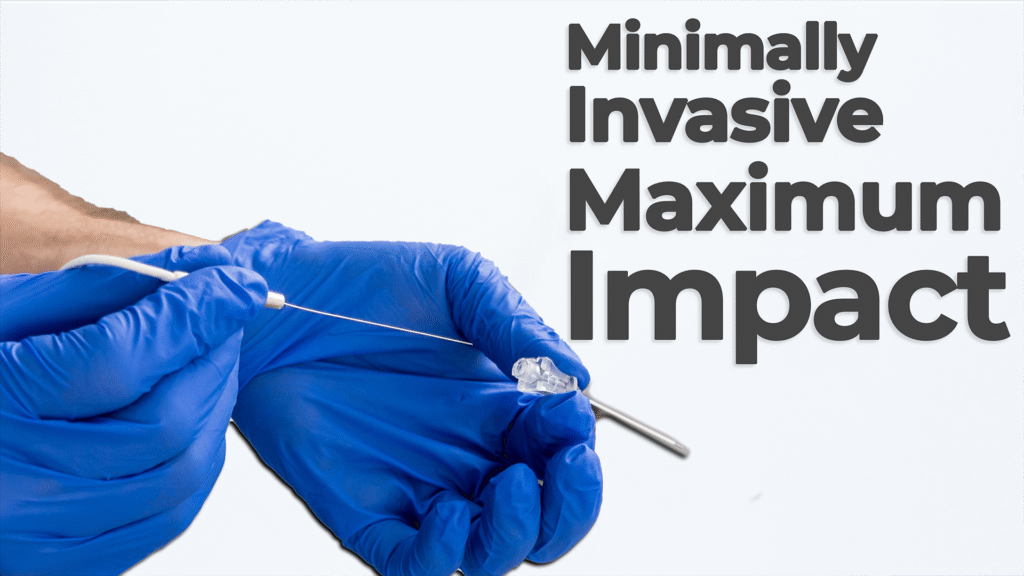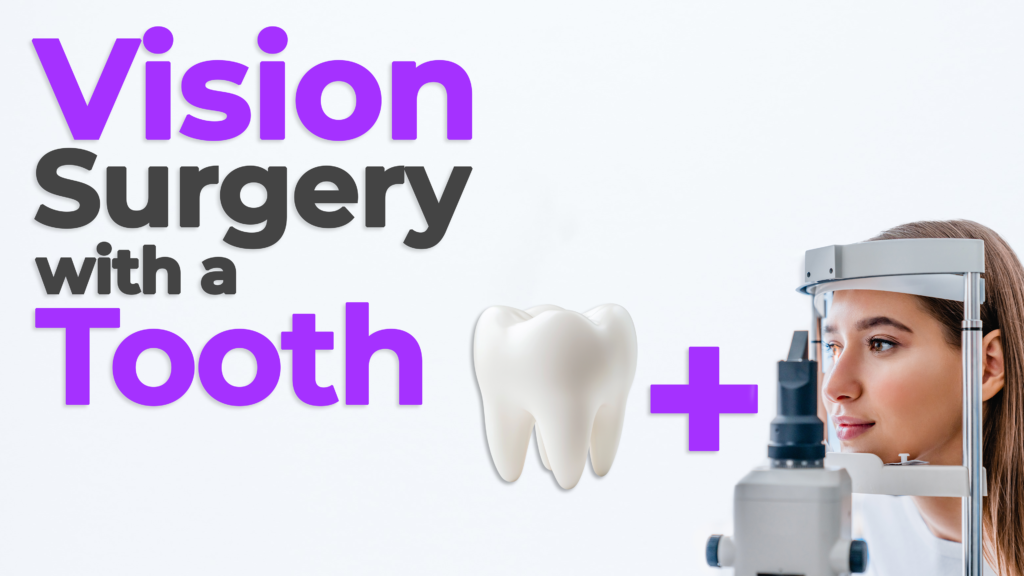
Bio Break: How to Successfully Pivot in Medical Device Development
In the world of medical device development, unexpected challenges often lead to critical product pivots. In this episode of Bio Break, Nick and Joris discuss one of the most dramatic pivots they’ve encountered—transforming a lab-developed test (LDT) into a lateral flow assay to expand its market reach.
Initially, the client had a blood-based diagnostic test licensed for use in North America but wanted to serve global markets. Their original approach involved developing a blood spot sampling system, where patients would send dried blood samples by mail for lab analysis. However, after evaluating the logistics, the team proposed a game-changing pivot: converting the assay into a lateral flow test, making it more accessible and reducing the need for centralized lab processing.
This shift represented a major transformation—moving from a laboratory test requiring trained technicians to a rapid test that could be performed by users at home. This meant rethinking regulatory strategies, usability considerations, and product stability while maintaining diagnostic accuracy. The outcome? A scalable and commercially viable point-of-care diagnostic that opened new global opportunities for the company.
Pivoting in medical device innovation isn’t just about solving technical challenges—it’s about recognizing when to rethink market access, user needs, and business models. In this conversation, Nick and Joris highlight the key considerations when making strategic pivots and the lessons learned from adapting diagnostic technologies to new formats.
How to Successfully Pivot in Medical Device Development
Related Resources

Nick and Joris explore the wide world of ablation technologies—unpacking how each approach works and what it’s best suited for.

Nick Allan and Joris van der Heijden dive into one of the most impactful trends in modern medtech: minimally invasive surgery. Ablation technology plays a crucial role as hospitals and healthcare providers aim to reduce patient recovery times and overall system strain.

In this episode of Bio Break, Nick and Joris dive into one of the most astonishing—and real—medical innovations we’ve ever come across: osteo-odonto-keratoprosthesis. Or, as Nick quickly dubs it, “tooth in eye surgery.”

In this episode of Bio Break, Nick Allan and Joris van der Heijden explore a critical but often overlooked topic in healthcare innovation: prevention. While most conversations about medical devices revolve around treatment, the duo shifts the focus to technologies that help people avoid hospitalization altogether. Preventive medical devices and diagnostic tools are quietly transforming healthcare by catching diseases earlier and reducing the need for invasive procedures.